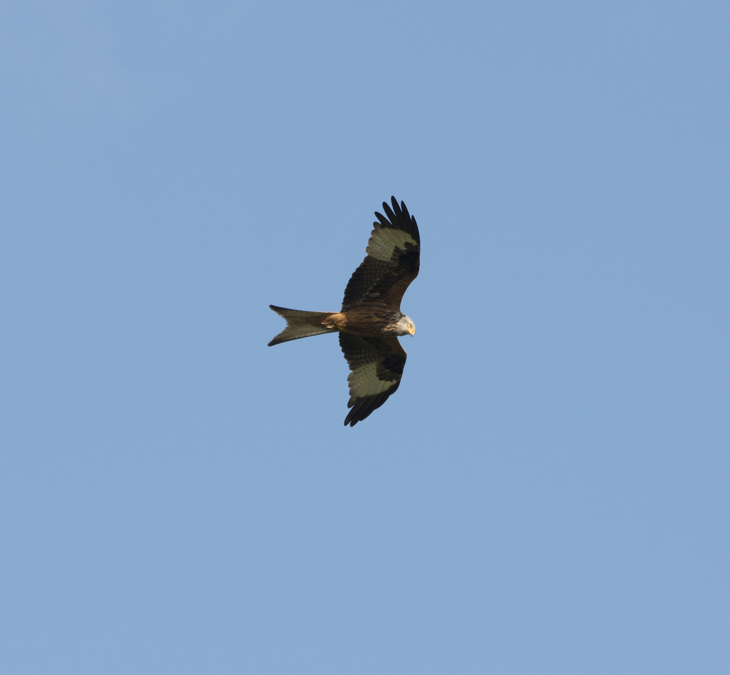Though cricket commentator Henry Blofeld would ritually count the pigeons on the outfield during Test Match Special, surely cricket grounds in the heart of the capital are devoid of all other wildlife? As Graham Coster discovers in his book, The Nature of Cricket, not so…

1. Sheep grazed Lord's until the mid-19th century. Only in 1864 did they accept that a mowing machine and a dedicated groundsman might do a better job of keeping the pitch in shape.
2. During the first world war, Lord's was turned into a goose farm. There are photos to prove it.
3. Red kites are regularly seen over the ground when Middlesex play matches away from Lord’s at Uxbridge or at Merchant Taylor’s School up the Met line at Northwood.

4. In 1971, during England-India Test match at the Oval, the fourth day’s play fell on the festival of Ganesh Chathurti, the Hindi festival celebrating the birth of the elephant god Ganesh. So a group of Indian supporters hired Bella the elephant from Chessington Zoo (as it still was then) to perambulate around the outfield during the luncheon interval. She inspired India to win the match and clinch their first ever Test series win in England.
5. During the 1990 Test series against India a black stork was seen over the Oval: the only 20th-century London sighting since the war. With India scoring 606-9 in their first innings this may have been the highlight for England supporters.

6. Deer frequently stray onto the outfield during Teddington Town CC’s matches in Bushy Park.
7. In 1935 leatherjackets (crane fly larvae) infested the wicket at Lord's in their tens of thousands, making it unplayable against spin bowlers. In the first eight days of the season 135 wickets fell, the groundsman lost his job, and soon 'leatherjackets' was a batsman's prepared excuse for his untimely dismissal.

8. In 2011 the South African bank Investec, whose logo is a zebra, became sponsors of the England Test team. For the launch at Lord's they insisted on the presence of a real zebra, which posed outside the pavilion with England skipper Andrew Strauss.
9. The house sparrow is now a rare bird in London, but you can always see one at Lord's (albeit stuffed and mounted on a plinth in the museum there, after being hit and killed by a ball during a match in 1931.

10. The fox is a common sight at the Oval these days, and has been noted in his commentary by Phil Tufnell on Test Match Special.

The Nature of Cricket: A Natural History of the Cricket Ground by Graham Coster is published by Safe Haven RRP £16.99.



